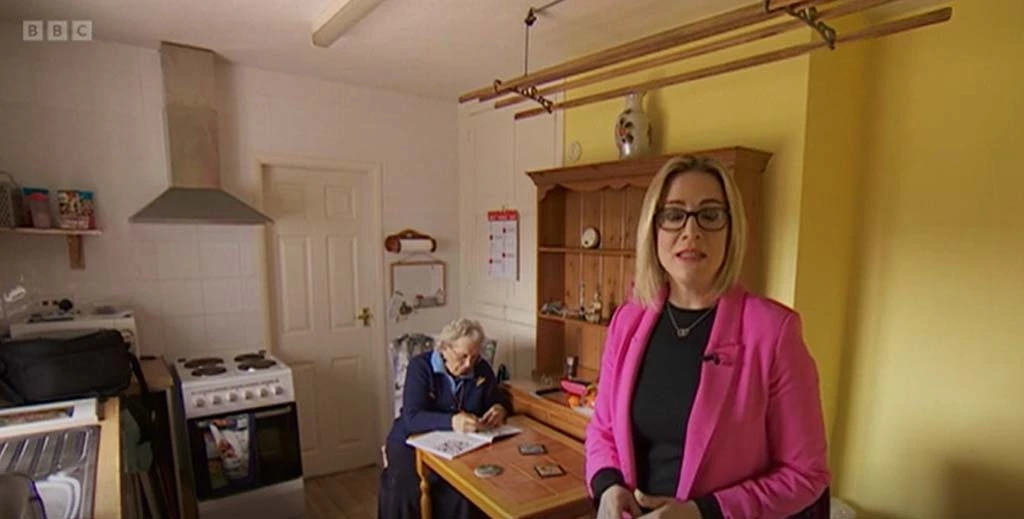
LONDON, July 24 (Reuters) – British Prime Minister Rishi Sunak recommitted on Monday to promises to boost homebuilding by the next election to tackle a lack of housing stock that has alienated many younger voters who pay high rents and are unable to buy.
With a national election expected next year, Sunak’s governing Conservatives have witnessed a collapse of support among younger voters, who are frustrated at being priced out of owning their own homes and are struggling with high childcare costs.
Housing has long been a contentious area for the Conservatives. Some of its lawmakers in rural areas do not want to see an increase in building while those in more urban regions want more homes built quickly.
Sunak and his housing minister Michael Gove said they would concentrate new house building in urban areas while protecting the countryside.
“Today I can confirm that we will meet our manifesto commitment to build 1 million homes over this parliament,” Sunak told reporters, using a term that refers to the time between the 2019 election and the next vote.
“We won’t do that by concreting over the countryside – our plan is to build the right homes where there is the most need and where there is local support, in the heart of Britain’s great cities.”
Earlier this month, a parliamentary committee said the government was on track to deliver 1 million new homes by the next election, but was not forecast to deliver another promise to build 300,000 net new homes per year by the mid-2020s, largely because of uncertainty over planning policy reform.
On Monday, Gove recommitted to the 300,000 net new homes pledge, which excludes housing replacing existing residences.
The opposition Labour Party, which is way ahead in the opinion polls, has said that it will “back the builders, not the blockers” as it seeks to reform the planning system to improve housebuilding rates, including in rural areas as appropriate.
Gove said the long-term plan for housing underpinned the government’s plan for economic recovery, with urban regeneration the most important component and any new plans agreed with communities.
The plans include a new urban quarter in Cambridge to boost its role as a science hub — a plan that Conservative lawmaker Anthony Browne immediately criticised, saying in a tweet there was not enough water for existing housing.
“Unless the government can say where the water will come from, its plans are dead on arrival,” the South Cambridgeshire lawmaker said. Gove said he was sure he could win his backing.
The housing plan is the latest attempt by Sunak to reduce Labour’s large poll lead after an unexpected victory in a so-called by-election just outside central London on Friday offered him some breathing space.
Housebuilding has long been dogged by delays and red tape. In June, British house building fell at the sharpest pace in more than 14 years apart from two months early in the COVID-19 pandemic, as higher borrowing costs dampened demand and weighed on the broader construction sector, a survey said.
Labour criticised the Conservatives, saying they had a nerve to “make yet more promises when the housing crisis has gone from bad to worse on their watch”.
Gove said Labour’s plans for the economy would fuel inflation.
“I’m confident we’re on a trajectory to reach that 300,000 target,” he said, describing Labour’s approach as “the ingredients of an acid which would corrode the foundations of economic recovery”.
Our Standards: The Thomson Reuters Trust Principles.


 Responding to comments by Gove, suggesting a delay to energy efficiency proposals for the private renter sector, Ben Beadle, chief executive of the National Residential Landlords Association, expressed concern.
Responding to comments by Gove, suggesting a delay to energy efficiency proposals for the private renter sector, Ben Beadle, chief executive of the National Residential Landlords Association, expressed concern.






 Rik Smith (pictured), Head of Tenancy services at rent guarantee platform Goodlord, says: “I’m sure the sector will welcome the proposed extended deadline to get properties up to standard, but there’s an enormous amount to do before then.”
Rik Smith (pictured), Head of Tenancy services at rent guarantee platform Goodlord, says: “I’m sure the sector will welcome the proposed extended deadline to get properties up to standard, but there’s an enormous amount to do before then.”
 Nottingham landlord Mick Roberts (pictured) believes this eviction is only just the start. “The government needs to sort this out,” he tells LandlordZONE.
Nottingham landlord Mick Roberts (pictured) believes this eviction is only just the start. “The government needs to sort this out,” he tells LandlordZONE.

